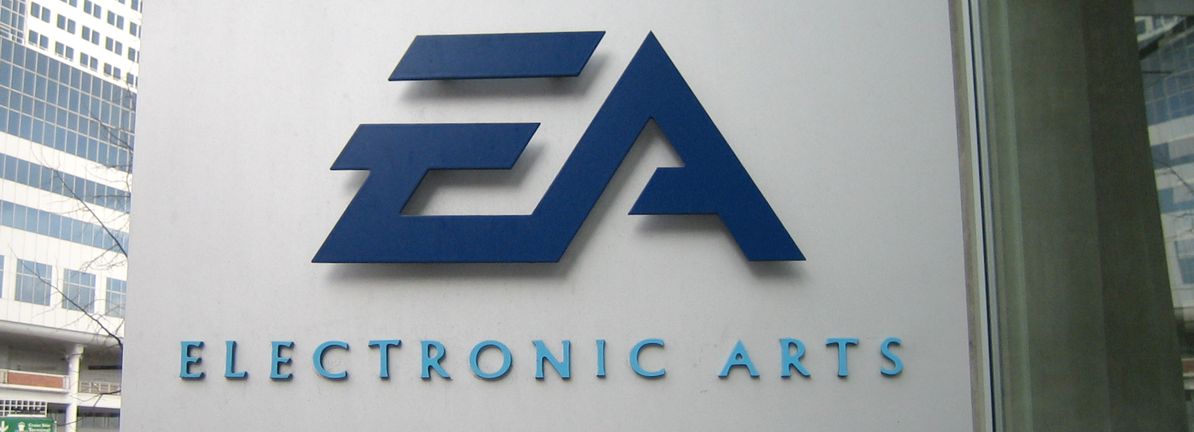Celestica (TSX:CLS) shares have moved recently, catching the attention of investors interested in tech services and manufacturing. The company’s strong performance this year prompts a closer look at what is driving returns.
See our latest analysis for Celestica.
Celestica’s impressive surge has fueled fresh optimism among tech investors. While the 1-year share price return stands at a remarkable 189.8%, the 1-year total shareholder return is even higher at 387.5%. Momentum is clearly building, thanks to robust growth and an improving outlook.
If you’re looking to uncover more opportunities in the technology and AI space, the Simply Wall St Tech & AI Growth screener is an excellent next step: See the full list for free.
With shares posting such rapid gains, the key question is whether Celestica remains undervalued today or if the market has already priced in all of its future growth. This leaves investors pondering if there is still a buying opportunity.
Celestica’s widely followed narrative suggests a fair value that sits just above the last close price, hinting the stock may still hold some upside even after rapid gains. With the company’s outlook now shaped by bullish projections and improved profitability, attention is turning to major catalysts that could drive further revaluation.
Accelerated demand for advanced networking and AI infrastructure by hyperscaler customers is driving rapid growth in Celestica’s CCS segment, with multiple new 800G and upcoming 1.6T program ramps. This is supporting robust revenue expansion and greater operating leverage over the next 12 to 24 months.
Read the complete narrative.
Want to know which financial levers are fueling this premium? The key story centers on aggressive profit projections and a rare profit multiple normally reserved for industry leaders. Are these bold future assumptions enough to support such an optimistic valuation? Uncover the figures and see what drives this surprising fair value call.
Result: Fair Value of $402.69 (UNDERVALUED)
Have a read of the narrative in full and understand what’s behind the forecasts.
However, market concentration among top customers and heavy reliance on sustained AI investment could quickly challenge Celestica’s bullish growth assumptions.
Find out about the key risks to this Celestica narrative.
While the fair value estimate hints at Celestica being undervalued, comparing its price-to-earnings ratio presents a different perspective. The company is trading at 59.3x earnings, almost double the industry average of 30.7x and well above the fair ratio of 53.3x. When a stock trades significantly above its peers and what is considered fair, there is a real risk the price could revert or stall if growth expectations slip. Is this future premium fully justified?








